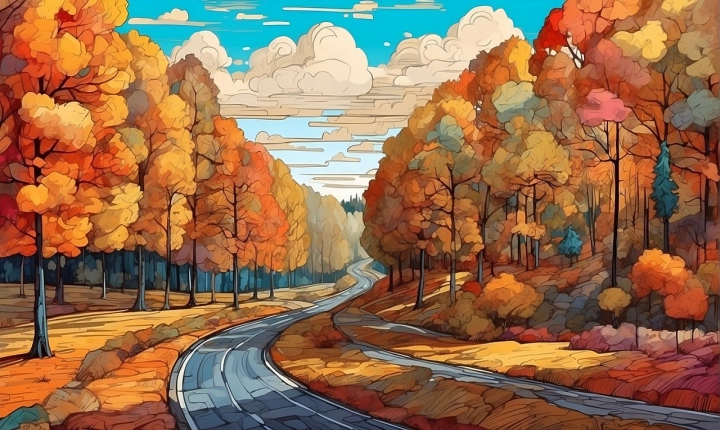There has been a surge in the development and use of AI-powered image generators in recent years. These innovative tools leverage the capabilities of artificial intelligence to create realistic and detailed images, often indistinguishable from those produced by human artists. From simple doodle sketching to professional-quality digital artwork and photo editing, AI image generators have found applications across various industries and creative pursuits.
One of the most well-known AI image generators is OpenAI’s DALL·E, which can generate images from textual descriptions. This groundbreaking tool can create images of almost anything, from “an armchair in the shape of an avocado” to “a snail made of harp.” The ability of DALL·E to understand and execute complex requests has captured the imagination of artists, designers, and researchers alike.
Additionally, NVIDIA’s GauGAN, named after the famous artist Paul Gauguin, is another prominent AI image generator that converts simple sketches into photorealistic landscapes. This tool has been used to quickly prototype and visualize concepts in architecture, urban planning, and game development, showcasing the potential of AI in creative workflows.
Furthermore, tools like Runway ML, Artbreeder, and DeepArt also provide accessible platforms for individuals to experiment with AI image generation. These platforms offer a range of functionalities, from style transfer and image synthesis to creating unique digital art pieces.
The proliferation of AI image generators demonstrates the increasing democratization of creative tools, allowing individuals with varying levels of artistic expertise to produce compelling visual content. Moreover, these tools have the potential to streamline workflows in industries such as advertising, fashion, and entertainment, where visual content creation is paramount.
As AI continues to advance, it is likely that we will see even more sophisticated and versatile image generators emerge in the future. The integration of AI-driven image generation into various creative processes has the potential to revolutionize the way we conceptualize and produce visual content, pushing the boundaries of what is creatively and technically achievable.
